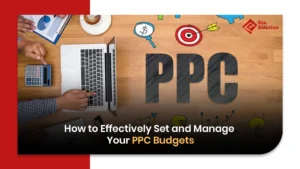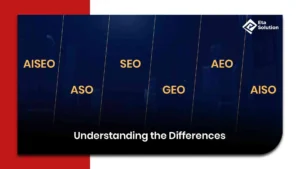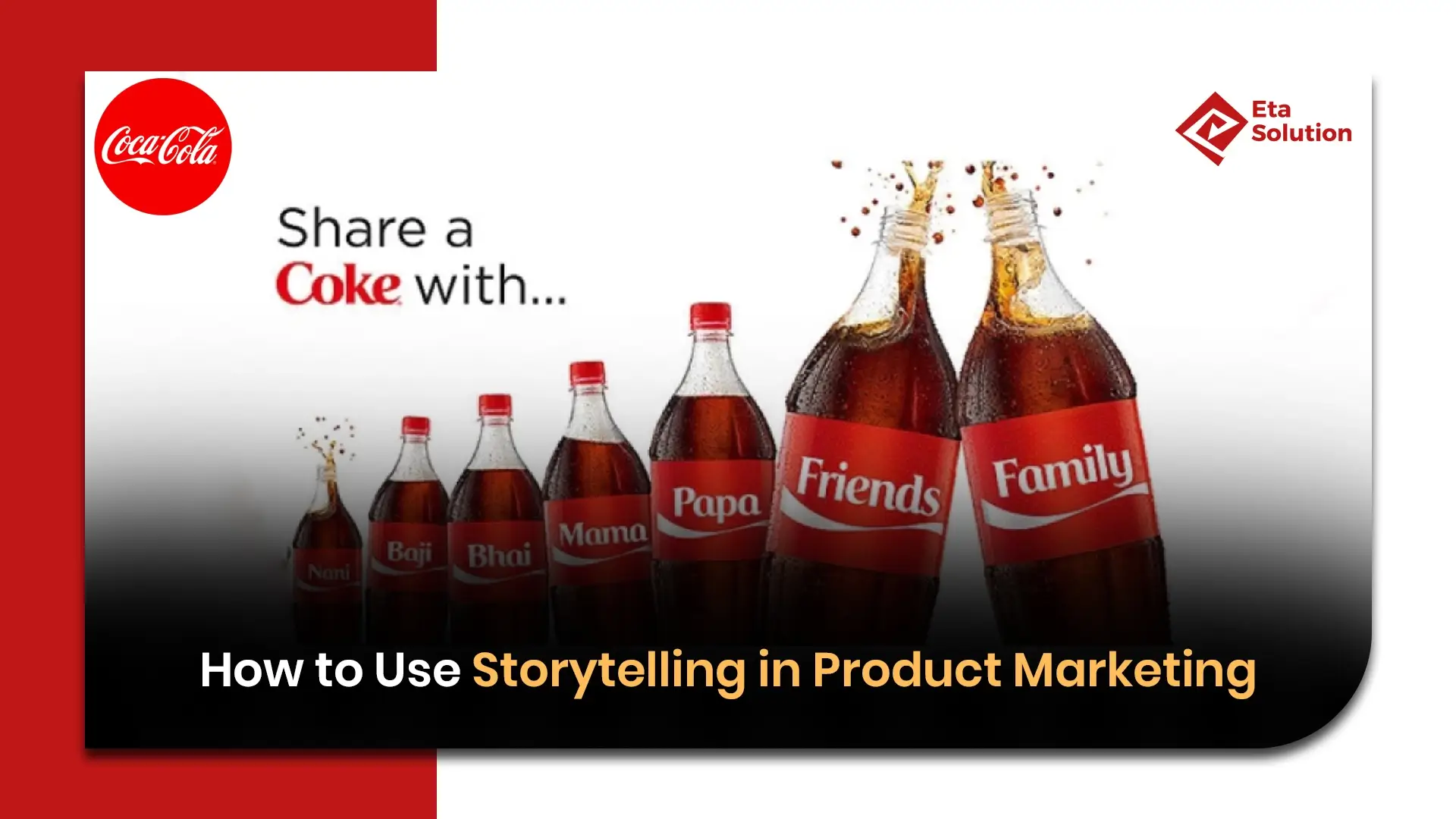
Storytelling in Product Marketing: Boost Your Brand
Nowadays, with a plethora of digital options, the average consumer is practically stunned by the number of product messages that are being sent to them. Companies that connect emotionally with customers rather than just promoting their products are the ones that gradually win the customer’s brain and heart, not only their attention span.
Traditionally, adverts would directly state product features, while storytelling product marketing would show user interaction with the product, be it a problem solved, or an upgrading experience. This is yet more important in sectors where products are very complicated, technical, or are considered “dull” by consumers. Indeed, with the help of Digital marketing for industrial products, even those dealing with industrial markets will presumably be more attractive to the public.
1. What is Storytelling in Product Marketing?
The simplest way to describe storytelling in branding or product marketing would be to say it is the practice of presenting the product’s utility, morality, and mission through a story that evokes something in the customer. Apart from the specifications and prices, it concentrates on the product’s “why” aspect.
This might be typical for the company to claim in their advertisement that their machine is powerful or that it works at high efficiency. However, in marketing through stories, the story becomes about the machine that helps the company continue its work without stopping for maintenance, and, at the same time, safety is improved because the employees who used to do dangerous manual operations are now replaced by the machine.
Such a strategy fits the pattern of current consumer habits, that is, consumers tend to look for genuineness and emotional connections rather than just features and benefits. Product Promotion with stories is the way for brands to get noticed by the crowd and thus become more relevant.
2. The Psychology Behind Storytelling and Consumer Behavior
People will naturally be more interested in stories than any other form of communication. Narrative studies show that the storytelling in digital marketing brain is one that simultaneously activates emotion, sensory perception, and the logical reasoning network. Therefore, a brand telling a powerful story is letting the audience get a wholesome experience, and that is why they feel that they can trust the brand.
Studies point out that a single story can be memorized 22 times more than a single fact. Besides memory, they share with the story also one more characteristic, which is that they are ready to transmit the stories; thus, a kind of organic reach is available. Consequently, emotional marketing storytelling, which is constructed around storytelling product marketing, is a major pillar of victorious campaigns. It allows users to feel the product not as just another thing but as a source of unforgettable times.
Moreover, according to Dr. Jennifer Aaker, a behavioral scientist at Stanford, stories assist brands in revealing their characters and values, traits that the new-age buyers consider to be on par with product quality.
3. Why Storytelling is More Effective Than Traditional Marketing
Traditional marketing is usually direct, and it may include giving discounts, outlining product features, or just listing the services that the company provides. These practices have their functions, but don’t quite engage the consumers on an emotional level. In contrast, narrative marketing brings brands to people’s minds and creates impressions that consumers feel.
Let’s look at what the research suggests:
- According to 92% of the consumers, they feel that advertisements are ones that tell stories rather than directly pitch when they come across them.
- Storytelling techniques marketing have the power to increase audience engagement with digital platforms by 31%.
- Stories contain a less transient kind of appeal, hence loyalty-based relationships that lead to customers who are advocates of your company rather than just users.
Even in the case of industrial products, digital marketing for industrial products has the potential to make technical stuff sound like stories that anyone can relate to. The extremely high-quality engineering of a machine may not be something that will attract the audience in general, but a case where the story shows how the machine prevents a lessening of production due to technical issues or how the safety of the workers is assured by the machine can get the audience’s attention as well as their trust.
4. Key Elements of a Compelling Brand Story
A brand story that is powerful and engaging is not merely about a clever idea but also about being purposeful. Some of the main things that jump out in a brand storytelling guide are:
Authenticity:
The human eye can detect non-authenticity even from a very long distance. Brands that only brag about their successes will lose the trust of their audience very quickly, whereas those that share both failures and successes will become credible and gain the trust of their audience.
Relatable Characters:
The characters of a story could be the customers, employees, or the founders. Their story should be a reflection of the audience’s experiences, wants, or annoyances.
Conflict and Resolution:
Not every story must have a conflict. Position the problem, show the trouble, and explain how your product is the solution. Thus, the story becomes understandable and unforgettable.
Consistency Across Channels:
The narrative that you share through social media, in your email campaign, on your website, or even face-to-face, should be linked. If your messaging is not continuous, it will make your brand appear weaker.
Companies such as Apple and Patagonia are at the peak of storytelling in branding, because the values that the narratives portray are almost always there, even if the story is told through different platforms. They do not just talk about problems but come up with solutions, they emotionally connect with the audience through their stories, and that is why they are so successful.
5. How to Identify Your Product’s Core Narrative
It is almost a rule that every product has a unique story that should be told. Digging up this main story for a product is not something that just happens; it needs a detailed look-through and a lot of intuitive knowing:
- Dig into the product’s backstory: What was the product, and why was it made? More often than not, the story of the beginning contains a very strong, relatable aspect.
- The first thing you need to do is to really know the people who are going to buy your product; this means you have to know who they are and what problems they have.
- Describe your work with others: Find out what it’s like for customers with the product and without it, and then point to the change that came about from the product being in their lives.
One of the most outstanding examples is Tesla, which not only sells cars but also promotes innovation and sustainability. Their core narrative is about revolutionizing transport for the better, making customers a part of the story of the future they want to create, and so, them being emotionally and socially engaged with the brand. Tesla-like brand storytelling examples demonstrate how product marketing strategies can go beyond the transactional to the emotional domain.
6. Using Customer Pain Points as the Foundation of Your Story
The best product tales are those where the creators begin by presenting the customer’s real-life pain points. Getting to the bottom of client discomforts will enable you to set up a storyline that looks like it is one-of-a-kind and stands to be of the guts and flesh to your readers.
Take industrial products as an example. By pointing out the problems of, for instance, operational downtime, inefficiency, or safety hazards, manufacturers may turn the technical features’ benefits into user-friendly solutions. Let’s see this example:
- Pain: Equipment downtime for a very long time, leading to missed deadlines
- Struggle: Operators feeling anger and anxiety
- Resolution: Demonstrate efficiency, safety, and cost reduction aspects of your solution
When you narrate your story with real-life problems, you not only inform your listeners but also establish with them a bond that is based on sympathy. This method is a major game-changer in digital marketing for industrial products, where just technical specs don’t usually get attention.
7. Role of Emotions in Driving Product Engagement
Emotions are the main drivers of decisions. Emotional marketing storytelling consistently surpasses the results of campaigns grounded purely in logic.
Just to name a few, the campaigns built around pride, relief, or aspiration may:
- Social sharing is becoming as much as 300% more
- Purchase retention increases up to 50%
- Potential for long-term brand loyalty
Considering all that, emotions play a major role in B2B marketing as well. The campaign of Slack, emphasizing collaboration and connectedness, was one of the reasons that the productivity tool turned into an experience that perpetuated the emotional engagement of executives and employees alike. Emotions make products feel necessary rather than optional.
8. Storytelling Techniques for Digital Marketing Campaigns
The variety of digital storytelling opportunities is enormous, but it is essential to select the best technique. Professionals can utilize storytelling techniques marketing to tell the story effectively:
- Hero’s Journey: Customer becomes a hero who saves the day by using your product.
- Before-and-After Narratives: Portray a real change by telling the story of a person’s or a company’s journey.
- Mini-Series Content: Allows businesses to keep multiple conversations going with the same target group and build relationships.
- Interactive Stories: Quizzes, polls, and games where users can interact with your content to enhance learning.
These kinds of ideas bring the marketing campaigns to be more attractive, interactive, and memorable as they slowly change the audience from being mere passive readers to active participants of the campaigns, thus creating a deeper engagement with the brand. Such storytelling campaign ideas make the brand story more engaging and compelling than usual marketing.
9. Visual Storytelling: Images and Videos for Impact
Visual storytelling is a must-have. The human brain can process visuals 60,000 times faster than words, and multimedia stories significantly save understanding and memory.
- Infographics: Take complicated industrial processes or data and present them as digestible, visually attractive formats.
- Explainer Videos: Show products that are technical and make them less complicated by real-world examples.
- Customer Testimonials: Videos of happy customers make the product more relatable and also prove the product claims.
Visuals alone help social engagement and social sharing, creating organic amplification for product promotion with stories.
10. Brands That Excel at Storytelling in Product Marketing
The art of storytelling product marketing can definitely alter public opinion about the brand. Study these brand storytelling examples:
- Nike: Depicted the experiences of athletes focusing on struggles as well as victories, and thus, turning customers into the main characters of their personal narratives.
- GE: Presented industrial innovation in the form of environmental stories that people can relate to.
- HubSpot: Lets users share real-life experiences with the product in a simple and relatable manner, thus becoming a leader in the field while gaining the audience’s trust.
Such actions show that storytelling in branding is not just about campaign beauty but also about audience engagement, awareness, and loyalty.
11. Common Mistakes to Avoid in Story-Driven Marketing
Even experienced marketers can slip. Avoid these mistakes in storytelling in digital marketing:
- Complex storylines: Clear and memorable stories were originally simple ones.
- Neglecting consumer feedback: Your story must change and grow with your audience.
- Fragmented channel stories: Diverging plots diminish the narrative, sometimes confounding rather than captivating.
- Only emotional appeal: Emotional connection should always be supported by practical value to push decision-making.
When a brand’s brand storytelling guide is followed carefully, the result is a story that is authentic, consistent, and impactful.
12. Future Trends: Storytelling in the Age of AI and Personalization
Digital marketing narratives of the future will be ultra-personalized. The AI utility involves the capabilities for brands to
- Crafting storylines in accordance with individual consumer experience
- Publishing content that is adjustable according to habits and likes
- Estimating the formats of stories that attract engagement and convince
On the other hand, blending human creativity with AI efficiency will facilitate storytelling product marketing while maintaining authenticity and relationship-building.
Concluding Narrative
Storytelling never really stood as just a marketing tool on the side; it has always been a strategic edge. It awakens experience in consumers’ minds, complements emotional interaction, and even incites consumers’ response. Today, a question every brand should pose to itself is not if it can narrate a tale but rather if its narrative will make the audience stop, think, and remember.
In a reality where messages abound, the brands that are good at using the power of stories not only make profits but also create followings, win loyalty, and influence the way others perceive them, linger long after the product.
Yes, storytelling works very well for online marketing because it grabs attention and makes your message memorable. Instead of just showing features, a story helps people connect emotionally with your brand, which builds trust and encourages them to engage with your content.
Storytelling gives your startup a unique voice. By sharing why you started, the problems you solve, or the journey behind your product, you make your brand more personal and relatable. This helps you stand out from bigger competitors who may not feel as human or approachable.
The best emotions depend on your audience, but common ones include happiness, trust, excitement, and even inspiration. When people feel something while hearing your story, they are more likely to remember your brand and want to connect with it.
You can make your stories stronger by adding visuals like photos, videos, infographics, or even short animations. Visuals help bring your story to life, making it easier for people to imagine your message and connect with it emotionally.
Yes, storytelling can boost conversions because it shows the real value of your product in action. Instead of just describing what it does, telling a story about how it helped someone solves a problem makes shoppers more confident to buy.

What started as a passion for marketing years ago turned into a purposeful journey of helping businesses communicate in a way that truly connects. I’m Heta Dave, the Founder & CEO of Eta Marketing Solution! With a sharp focus on strategy and human-first marketing, I closely work with brands to help them stand out of the crowd and create something that lasts, not just in visibility, but in impact!
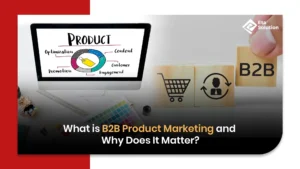
What is B2B Product Marketing and Why Does It Matter?
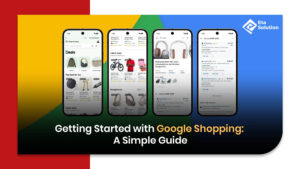
Getting Started with Google Shopping: A Simple Guide
